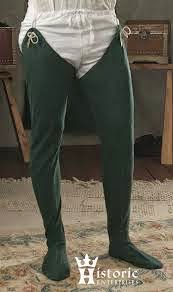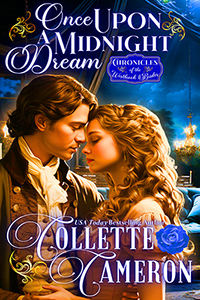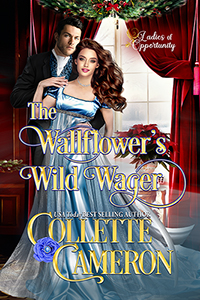I’m beyond thrilled to have Sarah Hegger visiting today. She’s become a dear friend and she’s such a brilliant author. Today, she’s sharing about medieval attire and her upcoming release
I met Collette online through our mutual publisher at the time, Soul Mate Publishing, about a year back. In July this year, I actually got to track her down in person at the Romance Writer’s of America, annual conference in San Antonio. As well as both being historical romance writers and members of the Romance Weekly blog hop, we are both big fans of all things girl. So, I thought we’d do a bit of a medieval fashion show to celebrate the release of my newest medieval romance, Sweet Bea.
The bliaut was worn from about the eleventh century through the thirteenth and refers to an over garment with a full skirt, pleated or puckered under the bust to fit tightly over the abdomen and featuring long sleeves. The sleeves are really the most distinguishing feature, fitting tightly to the elbow before widening at the wrist, sometimes all the way to the floor.
And just look how beautifully this has been translated into modern wedding dresses.
Over her bliaut, she would have worn a girdle and the richness of these were dependent on the wealth and status of the family.
Now, girdles have lost a lot on their modern translation. See what I mean?
For most of the book she dresses as a man in braies, chausses and a tunic.
Braies were a sort of medieval underpants, but poorer laborers would have worn them on their own.
Chausses, kind of, went over the top.
And the tunic I think we all get. But it was going through a bit of a transition in this time, in that it was getting longer and longer and the wealthy were wearing it with hose underneath.
Beatrice doesn’t wear one, but over this tunic came a surcoat and this would be the showpiece of the outfit, like the one in the picture.
Fabrics used most commonly were wool, ranging in quality and texture depending on lass. Linen and hemp were commonly used in the lower classes. Silk became more popular with the wealthy following the crusades as did damasks, velvets and satins, and samite (a heavy silk-like fabric often woven with silver and gold.) The rich could afford to use fur to as embellishment and leather was used for shoes, belts, gloves and armor.
And there you have it; Beatrice dressed and undressed for you.
Let me tell you a bit more about the book.
Is anything sweeter than revenge?
In a family of remarkable people, ordinary Beatrice strives to prove herself worthy. When her family is threatened with losing everything, she rushes to London to save them. Unfortunately, she chooses as her savior the very man who will see her family brought low.
Garrett has sworn vengeance on Sir Arthur of Anglesea for destroying his life when he was a boy and forcing his mother into prostitution for them to survive. He has chosen as his instrument Sir Arthur’s youngest daughter, Beatrice.
Can Beatrice’s goodness teach Garrett that love, not vengeance, is the greatest reward of all?
If this sounds like your thing, you can pick up a copy at AMAZON or BARNES & NOBLE or pop along to KENSINGTON PUBLISHING for your favorite format.

_detail.jpg)















